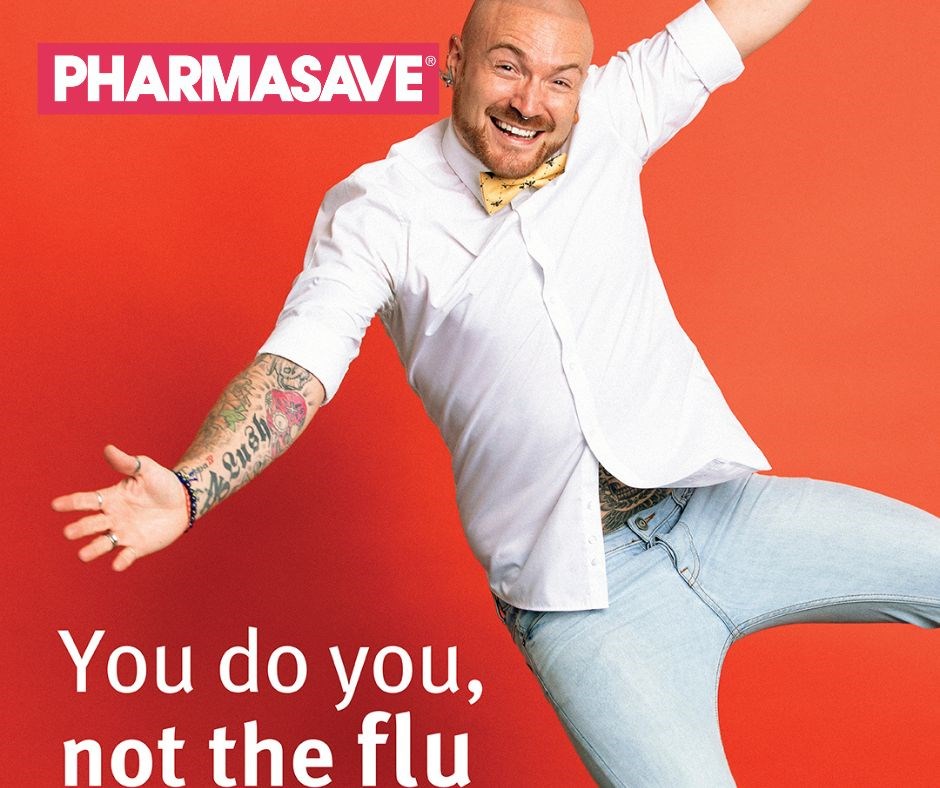Laurie-Ell Bashforth | Special to the Fitzhugh
If you or a family member have ever had the flu, you know it’s different from the common cold. In fact, it’s pretty awful, and if you’ve had it you’d never confuse it with a cold ever again.
The steps to prevent the flu may seem obvious, especially in a post pandemic world, but people sometimes forget to take them. This year, come up with a plan for prevention. Then make sure you do it!
Four Flu Facts
1. The flu is a respiratory (i.e., nose, throat, and lung) infection that can be caused by influenza viruses. Many people use the word "flu" when what they actually have is a cold.
2. Influenza is contagious, spreading easily from person to person. We know the details all too well. One infected person coughs or sneezes and their respiratory fluids are sent through the air for other people to inhale and become infected.
3. The flu virus can also be spread when someone touches a surface (e.g., doorknobs, countertops, telephones, pencils) that has the virus on it and then touches his or her nose, mouth, or eyes. Oh, those poor schools and daycares.
4. The flu takes one to four days to incubate, but infected people become contagious before symptoms appear, often just the day after the virus enters the body. Adults remain infectious (i.e., they can spread the virus to others) for about five to seven days, and young children may remain infectious for up to 10 days.
Make your plan of prevention
Here’s the thing. Flu antibodies can prevent flu. And the only ways to generate antibodies are to be infected or to get vaccinated.
Because the flu viruses can change from year to year, vaccination needs to be repeated every year. Each spring, a worldwide network of physicians and testing labs decide which flu strains are likely to cause trouble and design that year's vaccine accordingly. This year we have a quadrivalent vaccine that protects against two type B strains and the two type A strains that are expected to predominate in the coming flu season.
The flu vaccine is recommended for anyone ages six months and older. Those over the age of 65 should receive what’s called a high-dose or boosted vaccine instead.
High risk groups are those groups with an increased risk of complications from the flu and should definitely receive the vaccine. If you don’t know whether you’re high risk or not, talk with your doctor or pharmacist.
Young children under 5 years of age and especially those under the age of two are especially at high risk. I know it’s hard to decide to poke your little one. I’ve been there, but If you’re the parent or guardian of this age group and have concerns, make sure to ask your questions. We’re happy to have a conversation to help you make your choice.
There are two groups who shouldn’t get the flu vaccine. Children less than six months of age and people with severe allergies to the flu vaccine or any ingredient in the vaccine have a pass.
Finally in your prevention plan, the two simplest things you can do to reduce your risk of getting the flu is practice regular handwashing, and by all means, cough or sneeze into a tissue or into your sleeve. Stop spreading that spittle.
What if you do get the flu?
If with all the best of intentions and actions, you end up with headaches, chills, a cough, then a high fever, loss of appetite, muscle aches, fatigue and exhaustion, and a heavy burning sensation in the chest. In children you may also see nausea, vomiting, and diarrhea. My friend, these are symptoms of the flu, not a bad cold.
It’s now time for plenty of rest and lots of liquids.
For most, it’ll last one to two weeks, but secondary bacterial infections of the sinuses or lungs (pneumonia) can occur, making it longer.
Medications for specific symptoms can help. Cough suppressants can be used for cough. Ibuprofen, or acetaminophen can be used to treat symptoms, such as aches and fever. Children and teenagers with the flu should not take ASA and your pharmacist can recommend other options.
Make sure to watch for warning signs that require an immediate trip to the hospital:
Children:
- fast breathing or trouble breathing
- bluish skin colour
- not drinking enough fluids
- not waking up or interacting
- fever with rash
- flu-like symptoms improving then returning with fever and worsened cough
Adults:
- difficulty breathing
- pain or pressure in chest or abdomen
- sudden dizziness
- confusion
- severe or persistent vomiting
- flu-like symptoms improving then returning with fever and worsened cough
Hopefully a hospital visit isn’t needed and your time with the flu is just spent with lots of sleep and lots of loving care.
As always though, your health is in your hands and prevention really is the best medicine.
Not sure if you’re up to date with all your vaccines? Ask Merv, or Courtney, your Pharmasave pharmacists.
Laurie-Ell Bashforth is the owner of Pharmasave Jasper and a professional Life + Leadership Coach




